Car Hire inThe Spanish Costas
Explore the Spanish Costas with Rhino Car Hire
Hiring a car in the Spanish Costas gives you the freedom to discover some of Spain’s most iconic coastlines. From the rugged coves of the Costa Brava to the lively beaches of the Costa del Sol, each stretch of coastline has its own character, culture, and charm. With Rhino Car Hire, you can pick up your rental from trusted suppliers across Spain and explore at your own pace.
Whether you’re visiting for the beaches, history, food, or nightlife, a hire car ensures you won’t miss a thing — from hidden seaside villages to buzzing holiday hotspots.
Why Hire a Car in the Spanish Costas?
-
Wide choice of vehicles, from compact cars for city breaks to SUVs for coastal drives
-
Convenient pick-up locations at airports, cities, and resorts
-
Competitive prices with no hidden fees
-
24/7 support and roadside assistance
What You Need to Know Before Driving in Spain
Essential Documents
-
Driving Licence: EU licences are accepted. Non-EU drivers may need an International Driving Permit.
-
Photo ID: Usually a passport or national ID card.
-
Credit Card: Required for deposits and payment.
Age Restrictions
Most companies require drivers to be 25+, though younger drivers can rent with a surcharge.
Insurance
Basic third-party cover is standard. Consider Collision Damage Waiver (CDW) or Theft Protection for peace of mind.
Local Driving Rules
-
Drive on the right-hand side
-
Speed limits: 50 km/h (cities), 90 km/h (main roads), 120 km/h (motorways)
-
Seat belts compulsory for all passengers
-
Paid parking zones are marked in blue; free zones in white
Other Tips
-
Fuel Policy: Most rentals are full-to-full — return with a full tank.
-
Child Seats: Required for children under 135 cm.
-
Toll Roads: Keep cash or card handy, or ask about electronic payment options.
-
Seasonal Demand: Summer books up quickly — reserve early for the best prices.
The Spanish Costas at a Glance
Costa Brava
Stretching from Blanes near Barcelona to the French border, Costa Brava is famous for its rugged coastline, medieval villages, and stunning beaches.
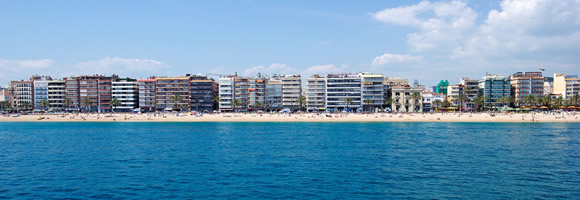
Costa Dorado
The “Golden Coast” south of Barcelona, known for its sandy beaches and historic Tarragona.. Read more on the
Costa Dorado.
Costa Blanca
Home to Alicante, Benidorm, and 200 km of beaches, Costa Blanca is one of Spain’s most popular holiday regions.. Read more on the
Costa Blanca.
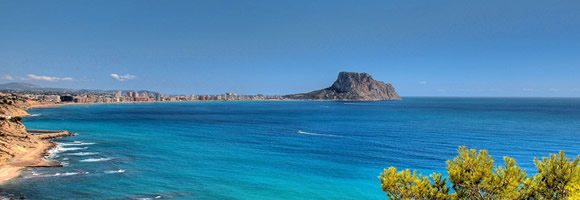
Costa del Azahar
The “Orange Blossom Coast” in Valencia, lined with fragrant orchards and uncrowded beaches.Read more on the
Costa del Azahar.
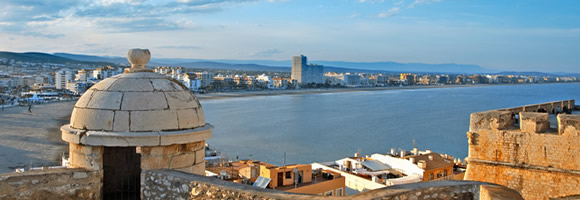
Costa Calida
Blessed with a warm microclimate, this coastline includes the unique
Mar Menor lagoon and the lively strip of
La Manga. Read more on the
Costa Calida.
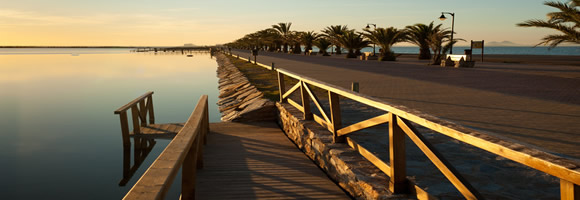
Costa Almeria
Unspoilt and less touristy, with desert landscapes, hidden coves, and natural parks. Read more on the
Costa Almeria.
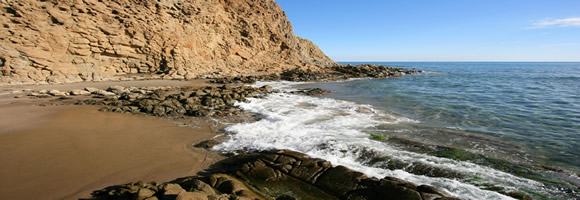
Costa del Sol
Spain’s “Sunshine Coast” — bustling resorts, nightlife, golf courses, and beaches from Málaga to Marbella.
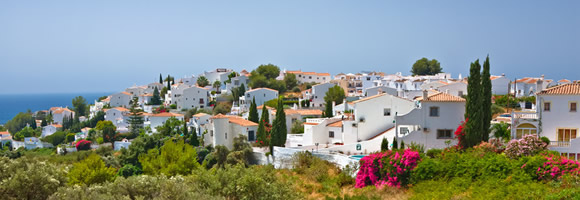
Read more on the
Costa del Sol.
Costa de la Luz
Facing the Atlantic, this coastline near Cádiz is a favourite for windsurfing and authentic Andalusian culture.
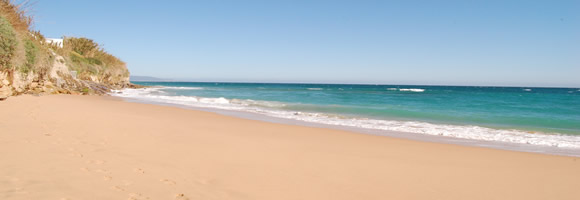
Consider renting a car through Rhino and driving around the Spanish mainland so that you can compare and contrast these coasts for yourself. You can take advantage of Rhino’s unlimited mileage offer on our hire cars and enjoy the journey of a lifetime while experiencing the warmest of cultures. Read more on the
Costa de la Luz.
Map of the Costas
(click for larger map)
Top Car Hire Locations in Spain
[See all Spain Car Hire Locations]
Useful Link
Plan Your Costa Road Trip with Rhino Car Hire
With unlimited mileage options and a wide fleet, Rhino Car Hire makes it easy to compare, book, and drive along Spain’s iconic coasts. Whether you want to relax on golden sands, sample tapas in seaside towns, or explore hidden coves, your Costa adventure starts with the right car.
[Book Car Hire in Spain Now]